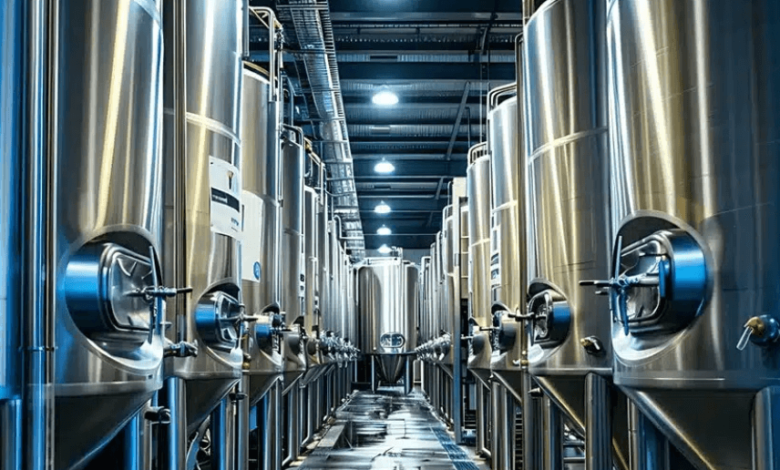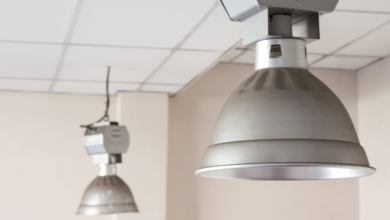Fermentation Tank Prices: What Affects the Cost?

Fermentation tanks are the cornerstone of any brewing or food fermentation operation. Whether you’re producing craft beer, kombucha, wine, or fermented foods like kimchi and sauerkraut, your choice of fermentation tank can impact not only product quality but also your budget. But what exactly drives the price of a fermentation tank? In this article, we’ll break down the most significant cost factors, helping you make an informed purchasing decision.
Material Type: Stainless Steel vs. Plastic vs. Glass
The material of the tank has one of the biggest impacts on its price. Here’s how different materials compare:
- Stainless Steel: The industry standard for commercial operations. Durable, corrosion-resistant, and easy to clean. Costs are higher upfront but lower in the long term due to longevity.
- Plastic (HDPE or Polypropylene): Affordable and lightweight but less durable. Susceptible to scratches and harder to sanitize. Best for small-scale or home brewers.
- Glass: Common for home fermentation (e.g., carboys). Provides visibility but is fragile and not suitable for scaling up.
Among these, stainless steel fermentation tanks command the highest price due to their sanitary benefits and structural integrity, especially for high-volume fermentation.
Tank Size and Capacity
Fermentation tanks are available in capacities ranging from 5 gallons to over 100 barrels. As expected, the larger the tank, the higher the price.
- Small-scale tanks (1–10 BBL): Common for pilot breweries or test batches. Prices may range from $2,000 to $8,000.
- Medium-scale tanks (10–30 BBL): Ideal for growing breweries. These tanks can cost between $10,000 and $25,000.
- Large-scale tanks (30–100+ BBL): Suited for full-scale commercial production. Prices often start at $30,000 and can exceed $100,000 with advanced features.
Tank size directly influences not just cost but also the footprint of your brewery or fermentation facility.
Tank Configuration: Conical vs. Flat Bottom vs. Unitank
The shape and design of the tank also play a significant role:
- Conical Fermenters: Feature a cone-shaped bottom to collect yeast and sediment. Popular for their ease of cleaning and yeast harvesting. Typically more expensive due to their design complexity.
- Flat Bottom Tanks: Simpler and cheaper but harder to clean. Less ideal for beer fermentation.
- Unitanks: These combine fermentation and carbonation in a single tank. Highly versatile but cost more due to multifunctionality.
Conical unitanks are particularly popular among craft breweries looking to optimize space and functionality.
Customization and Add-ons
Standard tanks are cost-effective, but customization can quickly raise the price. Consider the following custom features:
- Glycol cooling jackets
- Insulation layers
- Custom fittings or valves
- Sight glasses and sample valves
- Top manways vs. side manways
- Integrated CIP (Clean-In-Place) systems
Each add-on contributes to better control or efficiency but also increases the initial investment. For example, a 10 BBL tank with glycol jacket and insulation can cost 30–40% more than a bare tank.
Country of Manufacture
The origin of your fermentation tank can greatly affect the price:
- USA or Europe: Higher labor and material costs mean higher prices, but also often stricter quality control and certifications (like ASME or CE).
- China or India: More affordable options with increasingly competitive quality. Ideal for startups or breweries watching their budget.
While price differences may be steep, always vet the manufacturer to ensure quality standards are met regardless of location.
Certifications and Compliance
Fermentation tanks used in food and beverage production often need to meet regulatory requirements, which can increase cost:
- ASME certification (for pressure vessels)
- FDA compliance for food safety
- 3-A sanitary standards for dairy and food equipment
If your production process involves pressurization or you’re exporting to regions with strict food safety laws, expect to pay more for certified tanks.
Delivery and Installation Costs
Don’t overlook shipping and setup expenses:
- Freight and customs: Especially for imported tanks.
- On-site installation: Includes leveling, anchoring, and connecting utilities.
- Crane or forklift rental: Needed for large tanks.
In some cases, these costs can add 10–20% to the total expense. It’s wise to ask for an all-inclusive quote that factors in these extras.
Vendor Reputation and After-Sales Support
While price matters, so does peace of mind. Working with a reputable supplier often means:
- Better warranty terms (1–5 years common)
- Easier access to spare parts
- Technical support and troubleshooting
- Custom engineering advice
A lower-cost tank may save money upfront but lead to costly downtime later due to poor support or limited compatibility with accessories.
Used vs. New Tanks
Buying used tanks can offer significant savings—often 30–50% less than new—but comes with risks:
- No warranty or limited guarantee
- Unknown maintenance history
- Outdated fittings or specs
- Possible corrosion or microbial contamination
For small operations, used tanks can be a good interim solution. For long-term reliability, new tanks from a trusted manufacturer are usually better.
Price Examples by Size and Feature (Estimated Ranges)
Tank Size Base Price (USD) With Add-ons (Jacket, Insulation, CIP) 1 BBL $1,200–$3,000 $2,000–$4,500 7 BBL $4,000–$7,000 $6,000–$10,000 15 BBL $8,000–$15,000 $12,000–$20,000 30 BBL $15,000–$25,000 $20,000–$35,000 60 BBL $25,000–$45,000 $35,000–$60,000
*Prices vary based on manufacturer, country, and customization level.
Conclusion: Invest Wisely Based on Your Scale and Goals
Fermentation tank prices are shaped by a wide range of variables—from materials and size to manufacturer origin and optional features. Understanding these factors not only helps you budget accurately but ensures you choose equipment that supports your long-term production goals.
For businesses just starting out, it may be tempting to choose the cheapest option. However, selecting a tank that balances affordability with performance and quality is the key to long-term success.
Why Choose Micet’s Fermentation Tanks
Micet is a trusted global manufacturer of stainless steel brewing equipment with a strong track record for quality, service, and value. Whether you’re setting up a nano-brewery, expanding your kombucha facility, or entering food fermentation, Micet offers:
- Custom-engineered fermentation tanks to fit your workflow
- High-grade stainless steel with polished sanitary finishes
- Optional add-ons like insulation, cooling jackets, and CIP systems
- Global shipping and professional support
With Micet, you get more than equipment—you gain a partner in fermentation success.
FAQs
Q1: Is it cheaper to buy fermentation tanks in bulk?
Yes, bulk orders often qualify for volume discounts, reduced shipping per unit, and consolidated installation services.
Q2: Are imported fermentation tanks reliable?
Imported tanks—especially from reputable manufacturers like Micet —can offer excellent quality at competitive prices. Always check for certifications and customer reviews.
Q3: How long do stainless steel fermentation tanks last?
With proper maintenance, stainless steel tanks can last 15–30 years or more, making them a cost-effective investment over time.



